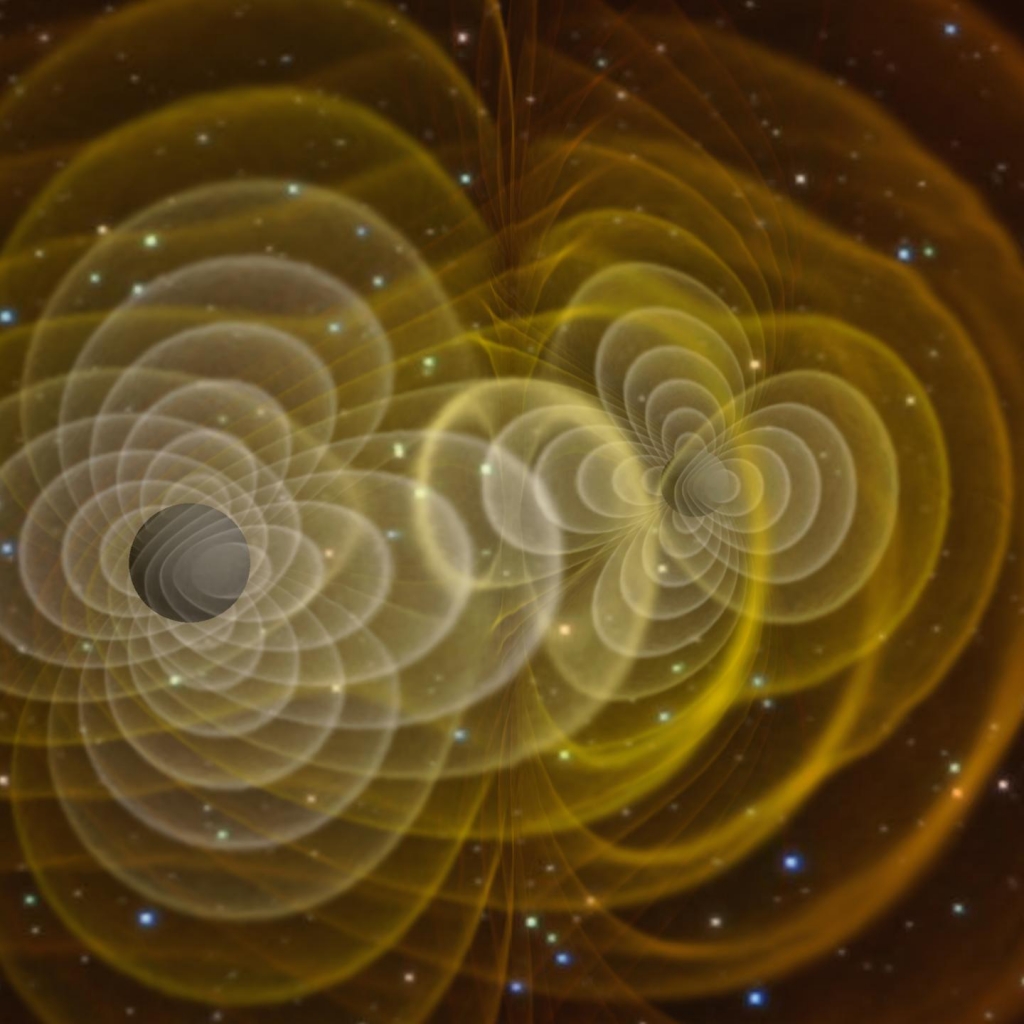-
Tips for becoming a good boxer - November 6, 2020
-
7 expert tips for making your hens night a memorable one - November 6, 2020
-
5 reasons to host your Christmas party on a cruise boat - November 6, 2020
-
What to do when you’re charged with a crime - November 6, 2020
-
Should you get one or multiple dogs? Here’s all you need to know - November 3, 2020
-
A Guide: How to Build Your Very Own Magic Mirror - February 14, 2019
-
Our Top Inspirational Baseball Stars - November 24, 2018
-
Five Tech Tools That Will Help You Turn Your Blog into a Business - November 24, 2018
-
How to Indulge on Vacation without Expanding Your Waist - November 9, 2018
-
5 Strategies for Businesses to Appeal to Today’s Increasingly Mobile-Crazed Customers - November 9, 2018
‘With gravitational wave detection, we can now listen to the stars’
The National Science Foundation spent $1.2 billion to build two detectors so that each could confirm the other’s findings.
Advertisement
The existence of gravitational waves was first hypothesized by Albert Einstein in the year of 1916, as part of his ground-breaking general theory of relativity. They could also enable us to probe black holes directly, hitherto impossible because they absorb all forms of energy, even light. At the LIGO (Laser Interferometer Gravitational wave Observatory), intense laser beams are passed through two perpendicular, 4 km long, vacuum tubes and light reflected off mirrors at each end is analyzed.
Dr. Orban notes that, following Einstein’s thought experiment, it took until 2005 for astrophysicists to see some circumstantial evidence of gravitational waves. “There was no good explanation”, he said, about why the two should be forming an ever-tightening orbit, except, he said, that “there’s such a large amount of mass in both those objects that as they orbit, they emit gravity waves and the gravity waves carry energy away from the system and that makes them shrink a little bit closer together”.
The equations that Einstein developed to try to mathematically “show” this idea are so hard to solve that Einstein himself doubted his idea. They’re more like atom-sized distortions.
The waves themselves proved elusive until the construction of LIGO.
“The area of the final black hole is greater than the sum of the areas of the initial black holes as predicted by my black hole area theorem”, he said.
LIGO scientists know that the waves they detected on Earth are coming from the collision of black holes because supercomputer simulations based on Einstein’s first mathematical theories about black holes, and later mathematical descriptions of how they behave when they collide, mapped the same wave pattern.
About 3 times the mass of the sun was converted into gravitational waves in a fraction of a second – with a peak power output about 50 times that of the whole visible universe. Scientists analysed signals produced by the gravitational waves and from this were able to further understand information relating to anatomical objects within space.
The Guardian reports that more exciting discoveries could be on the way now thanks to the promising LIGO technology.
“More than a billion years ago, the two collided at half the speed of light”.
“Serendipity still rules astronomy, since we are very much a discovery-led science”.
Advertisement
Dr. Christopher Orban, who teaches physics at The Ohio State University at Marion, is excited about the vistas that open up because of the LIGO discovery. “Maybe higher dimensions popping in and out of existence”.




























